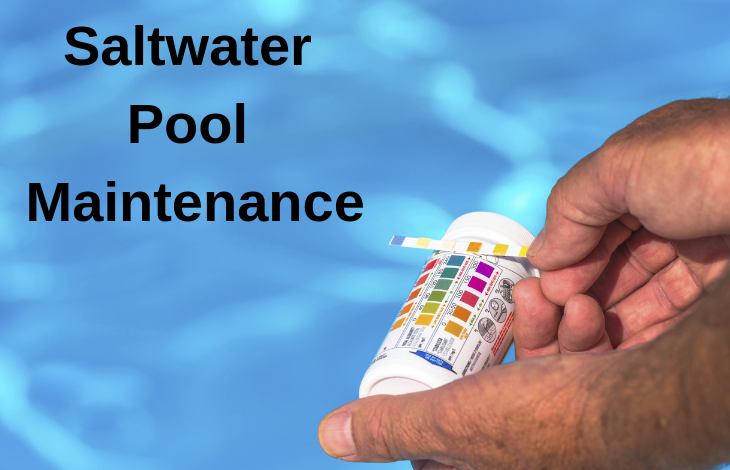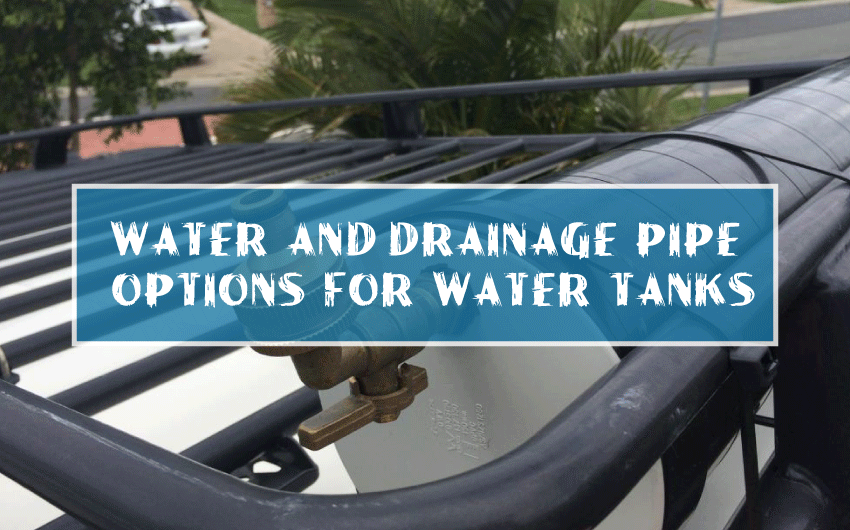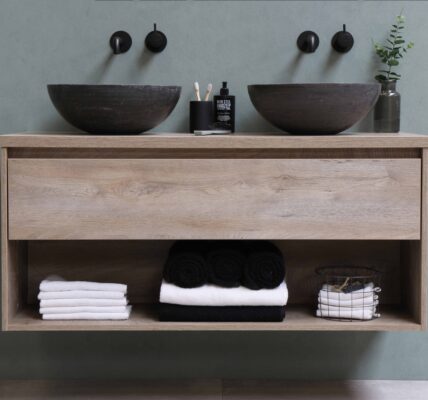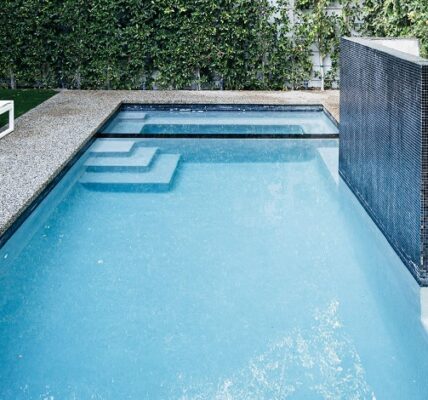Saltwater pools are the new technological innovation in domestic and commercial swimming pools. Contrary to traditional chlorinated pools, saltwater pools have a chlorine generator that generates chlorine from salt and releases it into the water. The technology has been embraced by many in the market, and it’s now responsible for phasing out traditional chlorinated pools. According to a report by Davis & Shirtliff, a leading supplier of swimming pools, saltwater pools account for over 60% of new swimming pool installations. The great preference for saltwater pools is due to the numerous benefits of the chlorine generation system. The system has health benefits and minimal maintenance requirements. Unlike traditional chlorinated pools, saltwater pools have health benefits that make it good for asthmatic swimmers and people suffering from emphysema. Nonetheless, it is important to know how to maintain your saltwater pool.
Test the pool water
The water in saltwater pools should be tested for free chlorine and pH every week. The pH should be maintained at 7.2-7.6. The pH level can be raised with sodium bicarbonate or soda ash. Muriatic acid is effective in lowering the pH. The chlorine levels should be maintained at 1-3ppm. Monthly, the water should be tested for salt, alkalinity, stabiliser and calcium. Test strips and drop test kits are useful in doing the chemical analysis. Although most salt chlorinators display salt reading, its good practice to test the salt yourself in the event the salt chlorinators need recalibration.
Inspect and clean the cell
Every three months it’s important to open and visually inspect the cell on your chlorinator. Most chlorinators will prompt you to do this by giving a signal on the control box. Once you have removed the cell, inspect it for scale build up or any debris. If you cannot see any deposits, reinstall the cell. However, if you see deposits, use a high-pressure garden hose and flush the scale off. If the garden hose fails, you can manually scrape the deposits off of the plates. Don’t use metal to remove the debris since it may scratch the coating off the plates and impair its function. Plastic or wooden tools are effective. When all fails, the final option is the application of acid. A mild acid wash prepared as per the manufacturer’s instructions is enough to clear the debris on the cell. The cell should soak for a few minutes and then rinsed off.
It is also important to keep the filter, skimmer and pump clean. If any of these parts are full of debris, water flow will be reduced, and the chlorinator will stop generating chlorine. Moreover, it’s important to protect your generator during the winter. Most manufacturers recommend the salt cell and flow switch to be removed from the plumbing to avoid damage. Dummy cells can go in place of the real salt cell during winter.
The maintenance of saltwater pools is fairly easy. However, it’s very important. Few simple steps are enough to keep your generator in full working condition. Therefore don’t overlook them.




